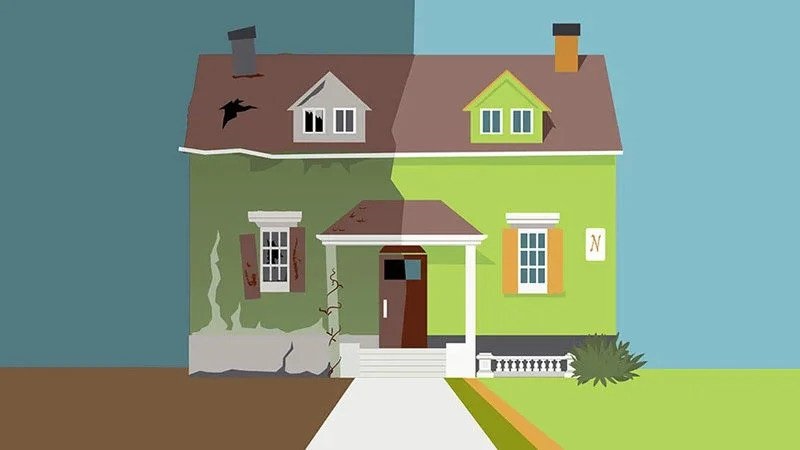House land sizes are shrinking as cost per square metre increases
Australia is known for its vast land and open spaces, but in recent years, the size of blocks of land available for residential development has been shrinking.
This trend is particularly evident in urban areas, where the demand for housing is high and the land is scarce.
The shrinking size of blocks has significant implications for the housing market, the environment, and the quality of life for residents.
In fact, Domain‘s Housing Affordability Report shows Australian properties have shrunk in size, yet the price per square metre has skyrocketed.
In fact the average block size in larger capital cities shrank by 13% in 10 years.

Meanwhile, population growth, urban density increases and income growth are pushing the price of a square metre up when buying a house.
But why is this happening?
Well, according to Dr Nicola Powell, Domain Chief of Research and Economics, “escalating price per sqm costs reflect our housing preferences of living close to a city or the coast in search of a certain lifestyle, location and proximity to amenities and infrastructure, especially in our major cities.”
She further explained:
“Shrinking block sizes should help to slow the growth in house prices, as the cost of land is the major component in a purchase.
However, per square metre, the land cost has not reduced – buyers are just purchasing less of it.
As a result, areas with the largest decreases in block size have had growth in price per sqm outpace house price growth at a faster rate, meaning that the true cost to buyers is growing faster than the median house price alone suggests.”
Sydney is getting more expensive
Despite attempts to fit in more houses, many cities’ development in cities such as Sydney is lagging behind the influx of new residents and will only continue to increase prices.

Dr Powell commented:
“Policy change, land release and property tax reform are needed to see a drastic change in price per sqm affordability to improve.
The city fringes offer a much cheaper price per sqm and with more jobs moving to commercial hubs such as Parramatta and Macquarie Park, these outer areas will become more attractive due to the potential for lower workplace commute times.
Having multi-region cities will help to distribute wealth across a larger area and provide equal access to education, healthcare and employment opportunities.
This will also help to spread the cost per sqm to be less heavily centred towards our CBDs.”
A note for buyers

As for those who wanted to buy properties in this climate, Dr Powell shared her insights:
“For buyers, it’s valuable to understand the price per sqm of any home you are looking at to standardise the cost of housing, making it easier to compare different sizes geographically.
It can be used to compare neighbouring suburbs to identify areas that might offer better value for money and allows you to compare the value of different properties to that of the suburb average.
Some cities have a higher median house price where often dollars go further in terms of what you can actually afford while others have neighbouring suburbs with vastly different prices per sqm due to gentrification so it’s worth noting where to look.”

By Bryce Yardney
Originally published by Property Update




